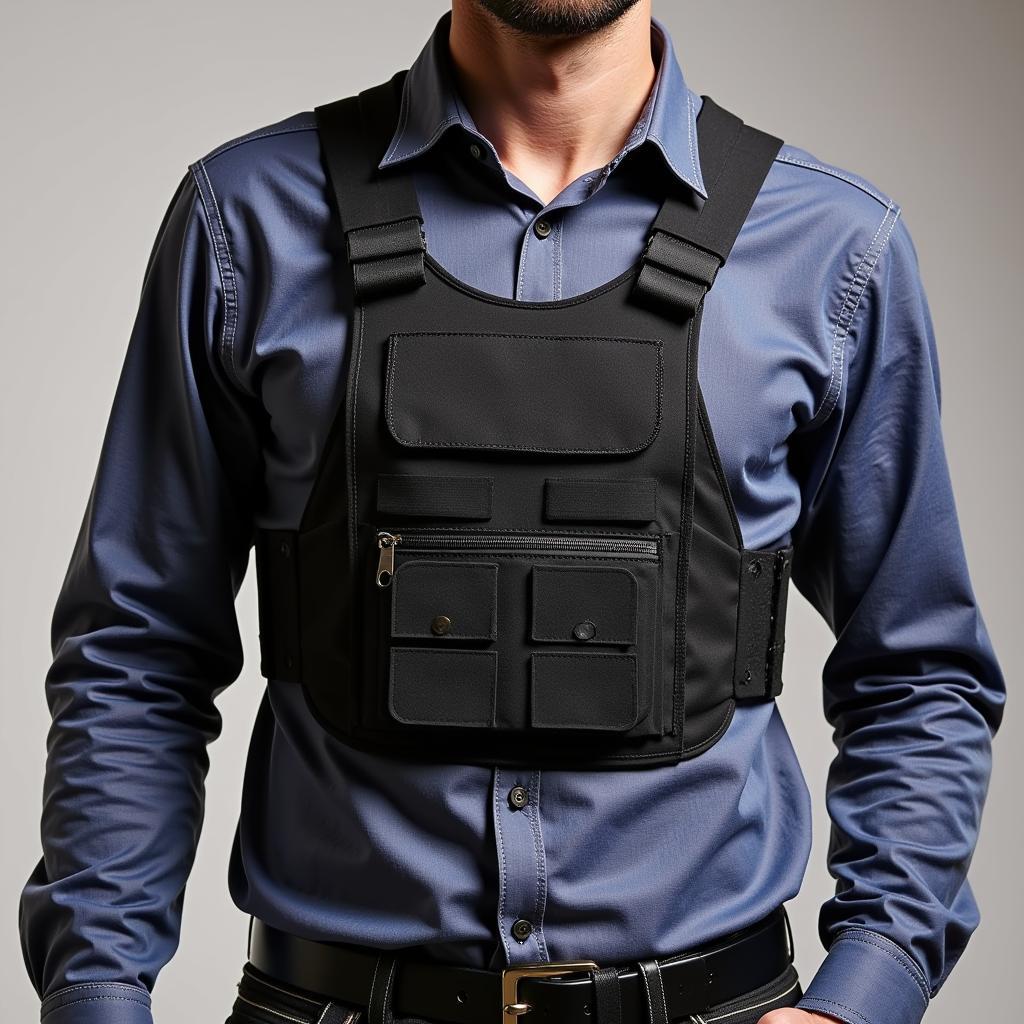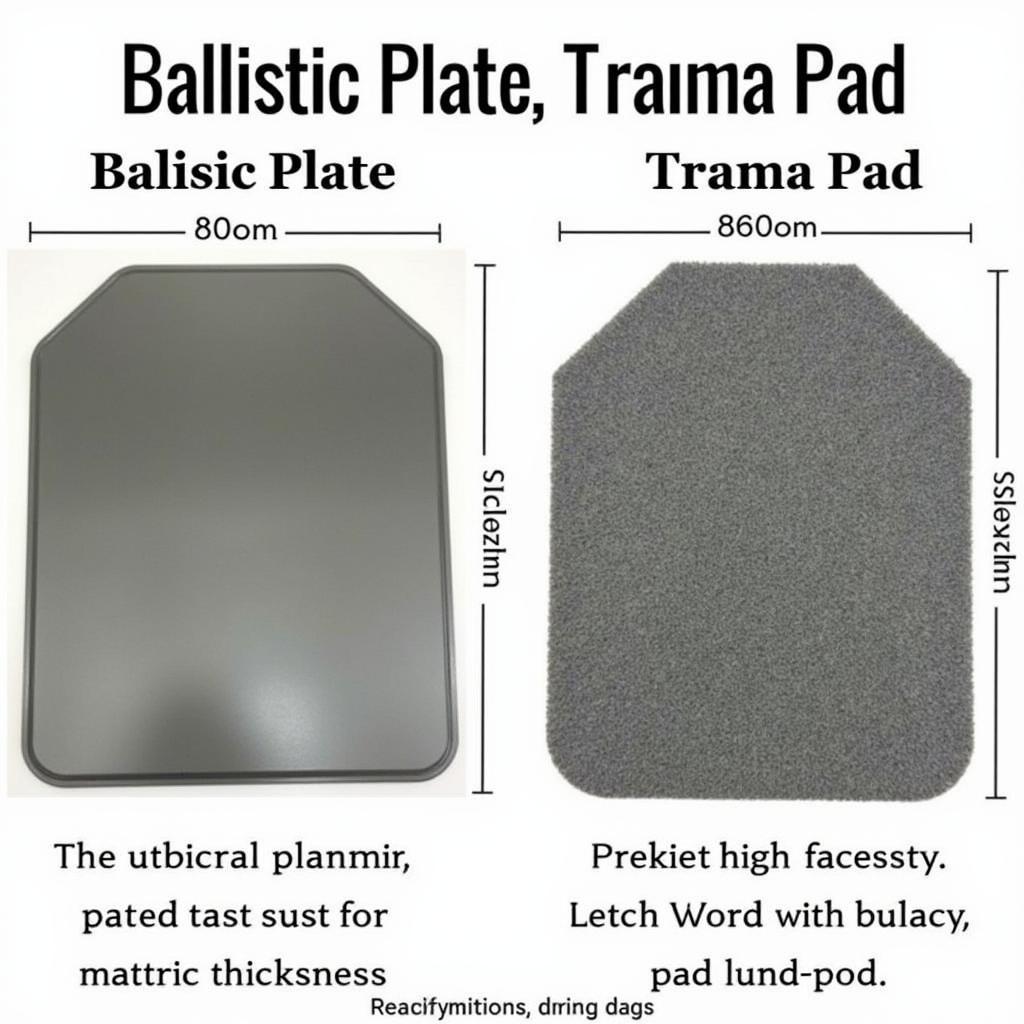Ballistic Kit: Understanding the Essentials
November 29, 2024Ballistic Kits are crucial for personal protection, encompassing various components designed to safeguard individuals from ballistic threats. Understanding the different types, features, and proper usage of these kits is essential for making informed decisions. This article dives deep into the world of ballistic kits, providing comprehensive insights for anyone seeking to enhance their safety and security.
Types of Ballistic Kits and Their Applications
Ballistic kits can be broadly categorized based on their level of protection and intended use. Understanding these distinctions is paramount for selecting the appropriate kit. Some common types include:
- Plate Carriers: These vests hold ballistic plates, offering core protection against high-velocity projectiles. They are often used by law enforcement and military personnel.
- Tactical Vests: These vests incorporate multiple pouches and compartments, allowing for the carriage of additional equipment alongside ballistic protection. They are suitable for tactical operations and scenarios requiring versatility.
- Concealable Vests: Designed for discreet wear under clothing, these vests provide a baseline level of protection against handgun threats. They are popular among civilians seeking personal security without attracting attention.
 Concealable Ballistic Vest
Concealable Ballistic Vest
Key Components of a Ballistic Kit
Beyond the basic vest or carrier, a ballistic kit comprises several essential components that contribute to its overall effectiveness. These include:
- Ballistic Plates: These rigid inserts provide the primary protection against bullets and shrapnel. They come in different levels of protection, categorized by the National Institute of Justice (NIJ).
- Soft Armor Panels: Made from woven fibers like Kevlar, these panels offer protection against lower-velocity threats and supplement the protection offered by ballistic plates.
- Trauma Pads: Positioned behind the ballistic plates, these pads help distribute the impact force and reduce blunt trauma injuries.
 Ballistic Plate and Trauma Pad
Ballistic Plate and Trauma Pad
Choosing the Right Ballistic Kit: A Comprehensive Guide
Selecting the right ballistic kit requires careful consideration of various factors, including threat level, intended use, comfort, and budget. Understanding these aspects will ensure you make an informed choice.
- Threat Assessment: Identifying the potential threats you are likely to encounter is the first step in choosing the appropriate level of protection.
- Activity Level: Consider the physical demands of your activities. A bulky vest may be impractical for high-mobility situations.
- Fit and Comfort: A properly fitted vest is crucial for comfort and mobility. It should allow for a full range of motion without hindering movement.
Ballistic Kit Maintenance and Care
Proper maintenance is crucial for ensuring the longevity and effectiveness of your ballistic kit. Regular inspection and care will help preserve its protective capabilities.
- Cleaning: Follow the manufacturer’s instructions for cleaning the vest and components. Avoid harsh chemicals or abrasive materials.
- Storage: Store the kit in a cool, dry place away from direct sunlight and extreme temperatures.
- Inspection: Regularly inspect the vest for any signs of wear and tear, including damage to the plates, panels, or straps.
Conclusion
Choosing a ballistic kit is a significant decision that requires careful consideration of various factors. Understanding the different types of kits, their components, and how to choose the right one is crucial for ensuring your safety and security. By investing in a quality ballistic kit and maintaining it properly, you can enhance your preparedness and protection against potential threats.
FAQ
- What is the difference between NIJ Level III and Level IV protection?
- Can I wear a ballistic vest under regular clothing?
- How often should I replace my ballistic plates?
- What are the legal implications of owning and wearing a ballistic kit?
- How can I determine the correct size ballistic kit for me?
- Are there any specific training requirements for using a ballistic kit?
- What is the lifespan of a typical ballistic vest?
Common Ballistic Kit Scenarios
- Law enforcement officers patrolling high-crime areas
- Military personnel deployed in combat zones
- Security professionals protecting high-value assets
- Civilians concerned about personal safety in high-risk environments
Suggested Further Reading
- Body Armor: A Comprehensive Guide
- Ballistic Protection Materials: An In-Depth Analysis
- Choosing the Right Tactical Gear
For further assistance, please contact Phone Number: 0915117113, Email: [email protected] or visit our address: To 3 Kp Binh An, Phu Thuong, Vietnam, Binh Phuoc 830000, Vietnam. We have a 24/7 customer service team.